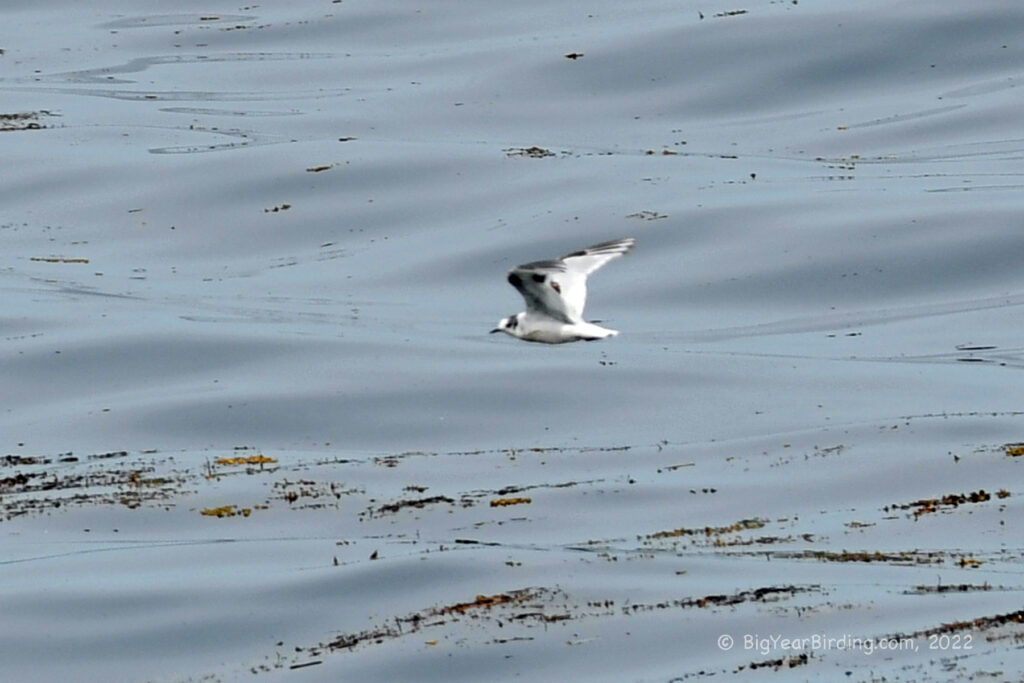
The Little Gull (Hydrocoloeus minutus) is a small species of gull that belongs to the family Laridae. It measures approximately 10-11 inches in length and weighs around 2.8-4.2 ounces. This bird has a distinctive appearance with a white head and body, gray wings, and a black hood during the breeding season. The Little Gull also has a small, thin, black bill and black legs. In winter, the black hood is replaced with a dark spot behind the eye, and the white body becomes mottled with gray.

The Little Gull is known for its long migratory journey. During the breeding season, it can be found in northern Europe and Asia, from the Baltic Sea to the Kamchatka Peninsula. After the breeding season, the Little Gull migrates to southern Europe, northern Africa, the Middle East, and southern Asia, where it spends the winter. Some birds also migrate across the Atlantic Ocean to the eastern coast of North America.
One of the distinguishing field marks of the Little Gull is its size. It is one of the smallest species of gull and can be distinguished from other gulls by its smaller size and the black hood it wears during the breeding season. The black bill and legs also help to distinguish it from other gull species. The Little Gull’s wingspan is approximately 23-27 inches, and it has a buoyant, graceful flight.
The Little Gull is a highly vocal bird and produces a variety of calls, including a high-pitched “kee-oo” and a nasal “kree-kree.” During the breeding season, the Little Gull nests on the ground in colonies, often on small islands or along the shores of lakes or rivers. It feeds mainly on insects, small fish, and crustaceans, and is known for its ability to catch insects in mid-air.

In conclusion, the Little Gull is a small but distinctive species of gull that can be found in northern Europe and Asia during the breeding season and migrates to southern Europe, northern Africa, the Middle East, and southern Asia during the winter. Its small size, black hood, black bill, and legs are distinguishing field marks, and it is known for its highly vocal nature and graceful flight. The Little Gull’s diet consists of insects, small fish, and crustaceans, and it nests on the ground in colonies during the breeding season.

